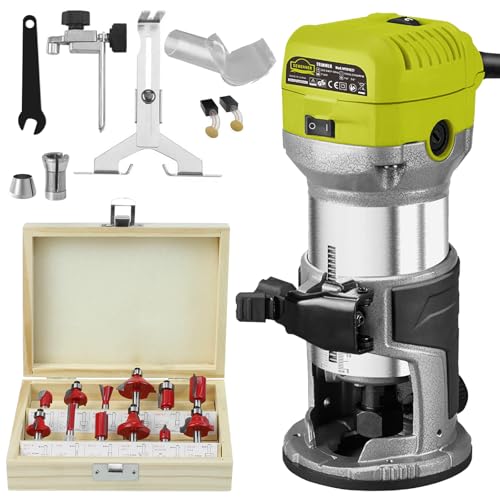I am not asking people to approve/condemn this idea, my Dewalt 7845 saw does not have an arbor long enough to support a dado stack but were I to mount two 18 tooth flat top ground blades with the teeth 'nested' with a thin card washer between, I could in theory cut a near 5mm slot in one pass, solely in a box joint cutting arrangement.
I shall continue to use a router for housing joints.
Have I missed something, indeed has anyone here tried it?
I shall continue to use a router for housing joints.
Have I missed something, indeed has anyone here tried it?






















